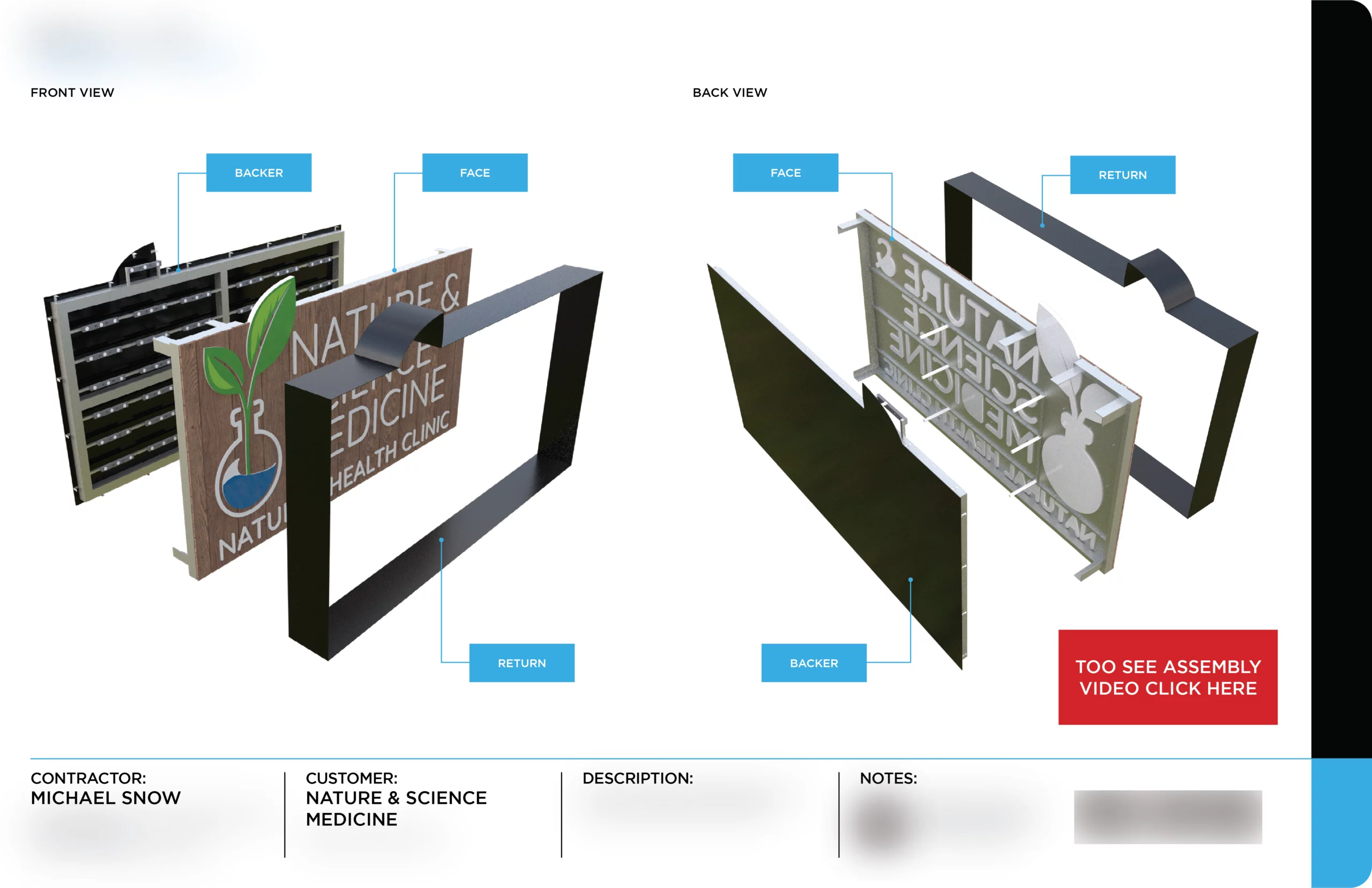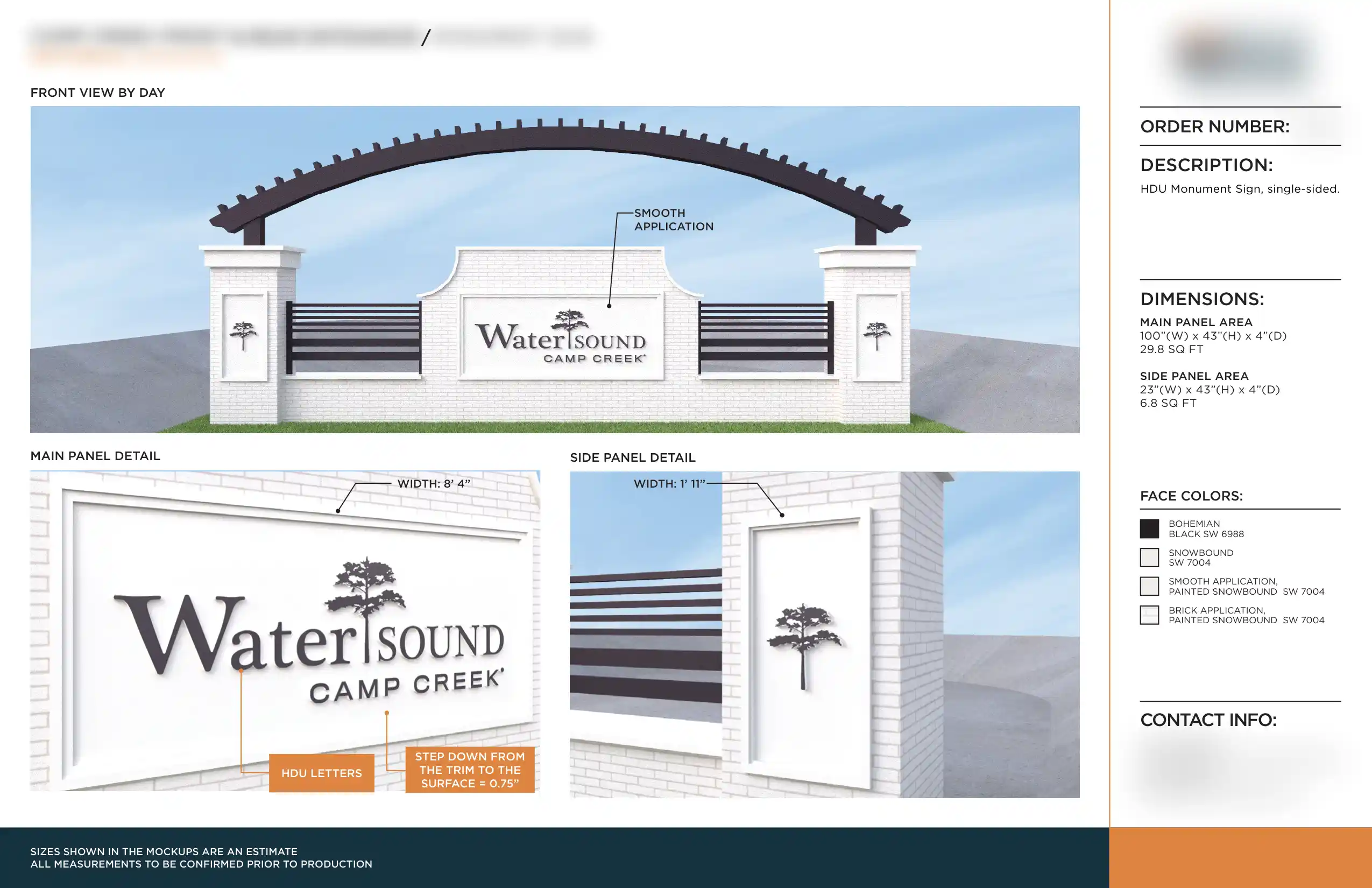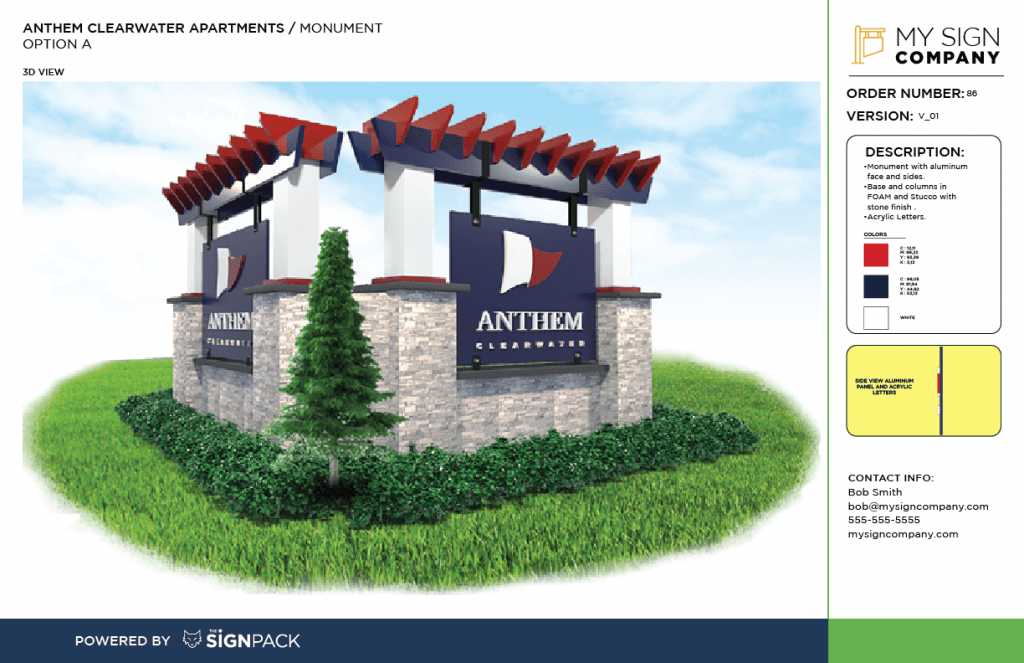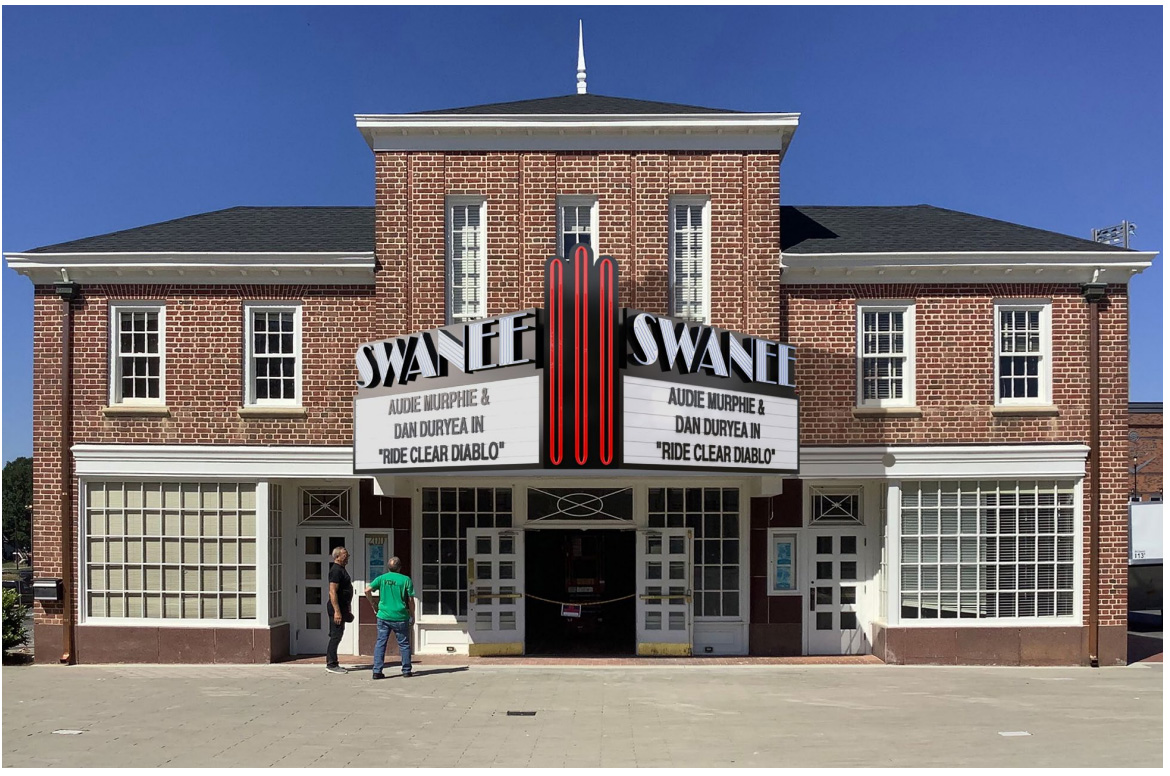Continuing from the part 1 of this article, where we delved into the initial phases of the signage production process, now we will focus on the crucial steps of finishing, quality assurance, and installation. For designers and sign companies, mastering these aspects ensures the delivery of top-notch signage solutions that meet client expectations and stand the test of time.
Finishing Touches
Once the signage components are fabricated, the finishing touches phase begins, where the sign undergoes final treatments and enhancements to refine its appearance and functionality. This phase includes processes such as painting, coating, laminating, and adding special finishes or effects to achieve the desired aesthetic and protective qualities. Best practices involve using high-quality finishing materials that provide durability and weather resistance, following manufacturer instructions for application and curing, and ensuring uniformity and consistency in the finishing process. Tools such as spray guns, rollers, brushes, and curing ovens are essential for achieving professional-quality finishes and enhancing the visual appeal of the signage.
Quality Assurance
Quality assurance is a critical phase in the signage production process, where rigorous testing and inspection are conducted to ensure that the finished sign meets the required standards of quality, safety, and performance. This phase involves conducting comprehensive checks on various aspects of the sign, including dimensions, color accuracy, structural integrity, electrical components (for illuminated signs), and compliance with regulatory requirements. Best practices in quality assurance include establishing standardized testing procedures, documenting inspection results, addressing any defects or discrepancies promptly, and obtaining client approval before proceeding to installation. Tools such as measuring instruments, colorimeters, light meters, and electrical testers are indispensable for conducting thorough quality checks and ensuring the integrity of the signage.
Installation and Setup
The final phase of the signage production process is installation and commissioning, where the finished sign is installed at its designated location and tested to ensure proper functionality and performance. This phase requires careful planning, coordination, and execution to ensure a seamless installation process and minimize disruption to the surrounding environment. Best practices in installation include following detailed installation instructions provided by the manufacturer, securing the sign safely and securely to its mounting surface, and testing all electrical connections and components to verify functionality. Additionally, commissioning involves conducting final adjustments, calibration, and system checks to ensure that the sign operates as intended and meets client expectations.







